Helpful Tips for Dogs
-

How to Administer Subcutaneous Fluids (Sub Q) to Your Pet at Home | Step-by-Step Guide
Follow along with our skilled veterinary technician, Hayley, as she walks you through the process of administering Subcutaneous Fluids (Sub Q Fluids) to your pet at home. Whether your pet... -

How to Pill Your Dog | Easy Tips for Giving Oral Medications
Giving your dog a pill can feel tricky, but with a little patience and the right technique, it can become a simple part of your routine. In this video, we’ll... -

How to Clean Your Dog’s Ears | Step-by-Step Guide
Keeping your dog’s ears clean is an important part of their overall health and can help prevent infections, irritation, and discomfort. In this video, we’ll show you how to safely... -

How to Trim Your Dog’s Nails | Step-by-Step Guide
Keeping your dog’s nails trimmed is an important part of their health and comfort. In this video, we’ll walk you through how to safely and confidently trim your dog’s nails... -
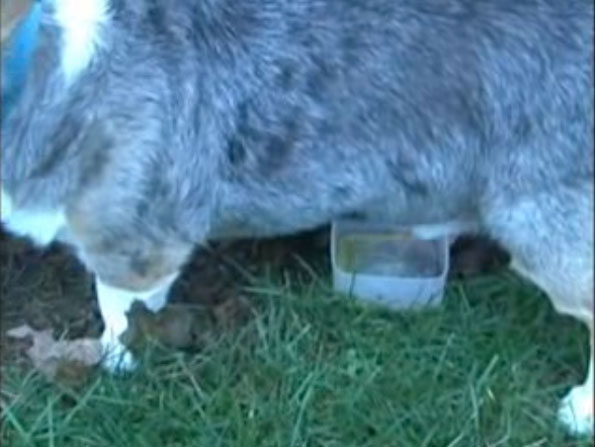
Collecting a urine specimen from your dog – Male
Make sure that you use a clean plastic container. Your vet may provide you with one or you may use a clean margarine dish or something similar. A pie plate…
-
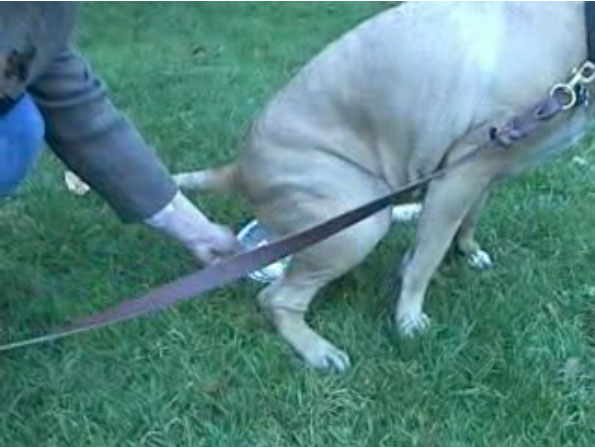
Collecting a urine specimen from your dog – Female
Make sure that you use a clean plastic container. Your vet may provide you with one or you may use a clean margarine dish or something similar. A pie plate…
-

Brushing your dog’s teeth
Teaching your dog to accept brushing will take some training, but will be very beneficial to the dog once he is accustomed to the process. Daily brushing is most beneficial…
-
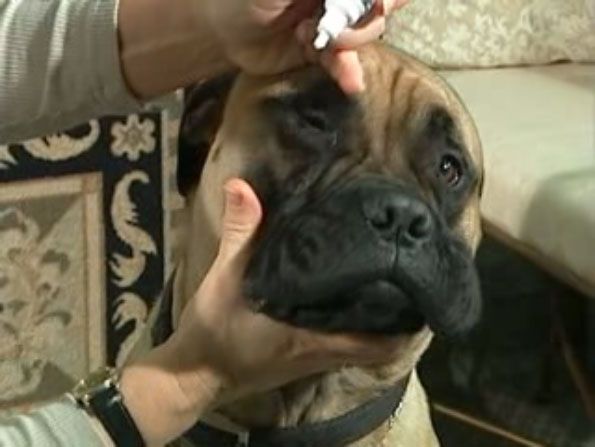
Administering eye drops to your dog
Make sure that you wash your hands both before and after administering the medication to prevent the spread of infection. If your dog’s eye is painful, you may need to…
-
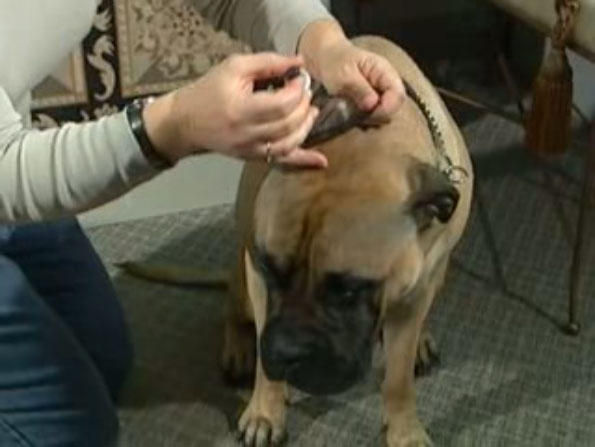
Administering ear drops to your dog
Remember that the ear may be very painful and that even a passive dog may respond by biting. You may need to muzzle the dog for this procedure. Instructions Click…
-
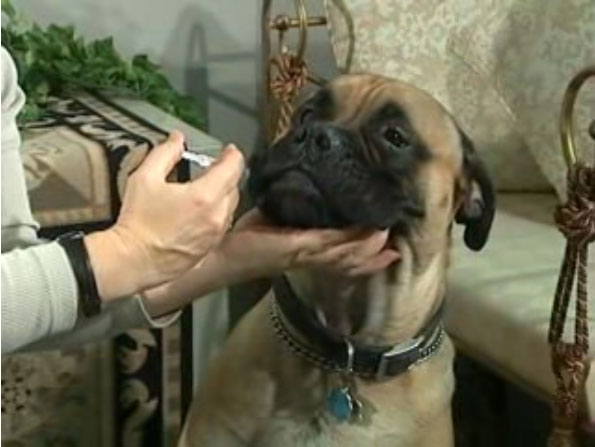
Giving liquid medication to your dog
The easiest way to give your dog a liquid medication is to mix it with some canned food. To ensure that the medication is actually taken, it is best to give a small amount of food that the dog is certain to eat rather than a large portion that the dog may not complete. Some dogs may be unwilling to eat the food or may have dietary restrictions that prevent you from using this technique. If this is the case, you will need to administer the medication directly into your dog’s mouth.



